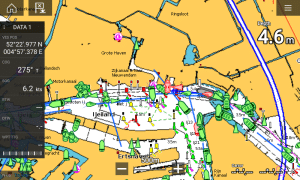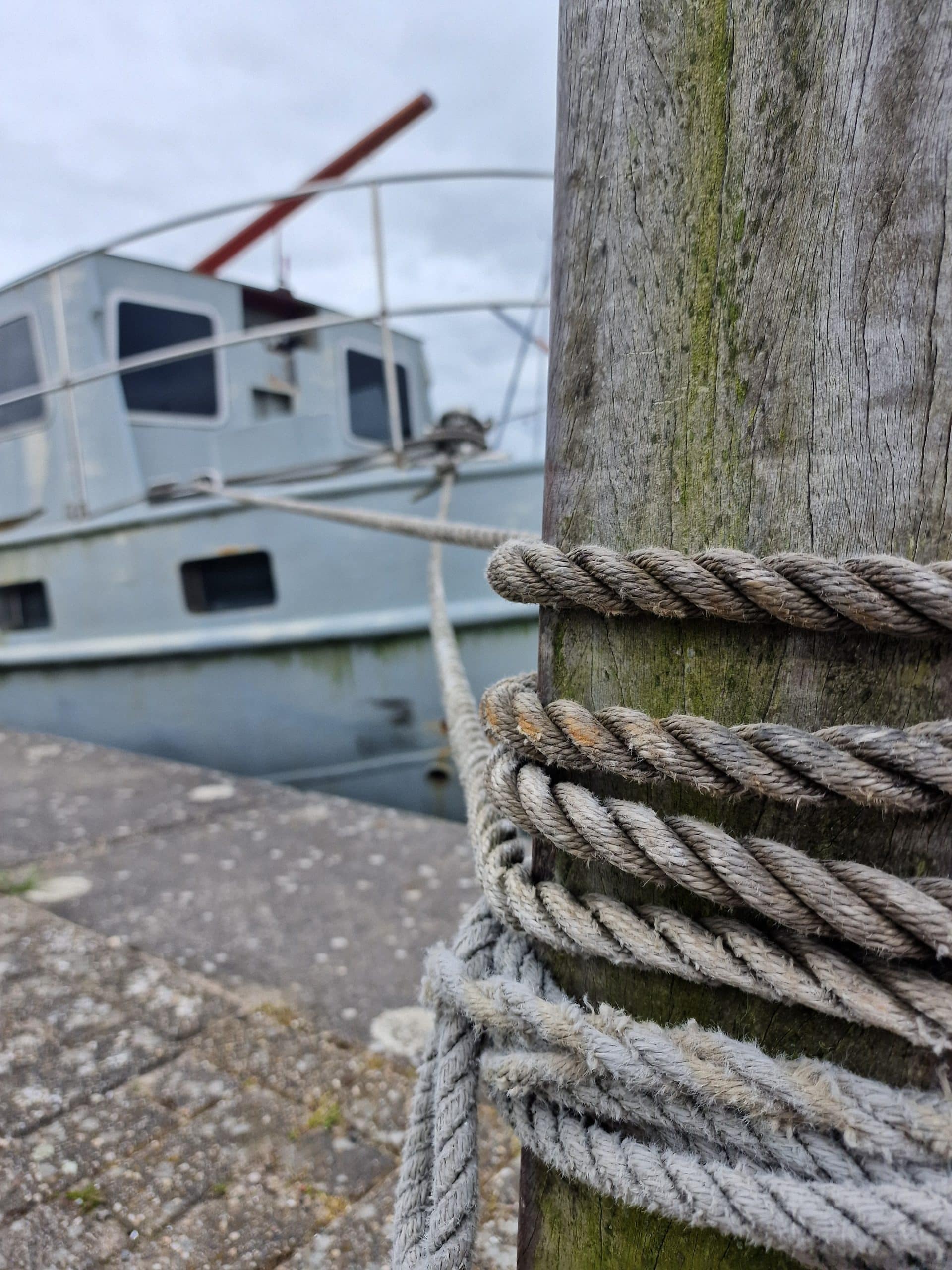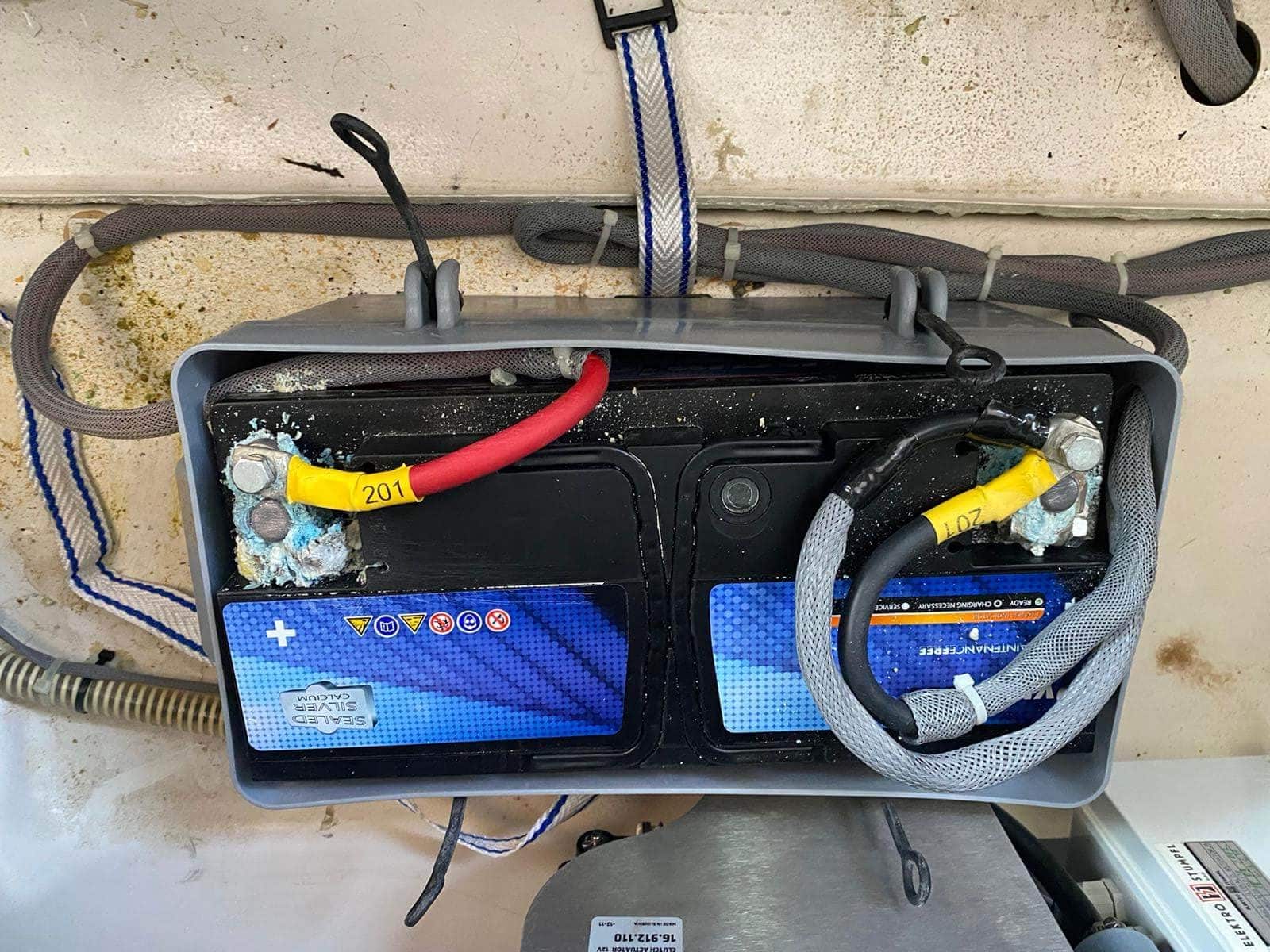AIS for yachts
- Blog
- February 11, 2022
AIS stands for Automatic Identification System. It is a system that transmits information about a ship so that other ships can receive and display that information on an electronic chart, for example. This allows a skipper to get a better idea of the shipping movements around him.
The signals from an AIS system are transmitted over the VHF radio frequency, on channels 87B and 88B. These channels are not in a normal VHF radio, but are part of the VHF bandwidth. So the AIS transmitter is basically a digital VHF radio and many features are similar to the VHF radio. Therefore, the AIS antenna is actually a VHF antenna, albeit with a slightly different length to be better tuned to these particular channels. The range of AIS is similar to that of the VHF radio.
In order to be visible to other ships you need to make yourself known, this is done via a transponder. An AIS transponder is linked to a GPS receiver. Dynamic data such as position, course, speed and time are retrieved from the receiver. There are also static data programmed into the transponder, such as MMSI number, length, latitude, draught and destination. These data are transmitted at regular intervals.
An AIS transponder also receives signals from other ships. However, there are also AIS receivers that only receive signals from other ships, but do not transmit anything themselves. The fact that other boats are visible on your boat's plotter does not mean that you yourself are visible to other ships.
AIS for recreational boating
Whether AIS is a good addition for your ship depends on many choices. AIS increases safety because ships around you immediately see that you are sailing there. This reduces the chance of collisions. At the same time, you are easier to find in emergencies. On the Internet, the position of your ship can be tracked, which is positive for some people while others may see a privacy problem in it. Furthermore, it is a relatively affordable system that is fairly easy to install on an existing vessel.
Differences between AIS and radar
AIS is a much simpler system than radar. This is reflected first of all in the price. An AIS receiver starts at about €250,- while a transponder (transmit and receive) starts at about €600,-. A radar antenna alone, without the display, starts at about €2000.
An AIS receiver only picks up signals transmitted by other ships or objects. Does something not have an AIS transmitter? Then it won't be visible on the screen either. A radar transmits signals itself and listens for the reflection. This allows it to pick up basically anything, such as ships, buoys, wharves and even birds.
Another major difference is that AIS signals are also picked up by shore stations, and then made visible on websites such as Marinetraffic. That means that, for example, the home front can follow where you are. Depending on your own feelings about this, this can be an advantage or a disadvantage.
Advantages and disadvantages between AIS and radar
Advantages AIS
- Cheap to receive AIS
- Slightly more expensive but still quite affordable to broadcast
- Can see around bends, very useful on rivers and canals
- Transmit and receive more than just position: name, course, speed, and so on can all be sent along with it
- Can be received by shore systems and visible on e.g. Marinetaffic and thus the home front
Cons AIS
- Update frequency is low depending on certain factors; an update every minute or 3 minutes in some cases
- Not all ships have AIS, so you cannot rely on it for safe navigation
Benefits radar
- Is independent of other ships or objects, anything that reflects can be made visible, including objects on shore or small other boats
- Image refreshes every few seconds so it is almost real time
- A radar is a primary means of navigation. Even with the failure of all other systems, such as electronic compass and GPS, a radar will provide a good picture of where the ship is in relation to its surroundings.
Disadvantages radar
- Compared to AIS quite expensive
- No ship details visible such as name and destination
- Course and speed can only be calculated, less accurate
For more information on radar, see our specific radar blog.

Need help choosing?
Need help choosing a subscription? Then use our handy selection guide.
Newsletter subscription
Fill out the form below to become a member of our newsletter


